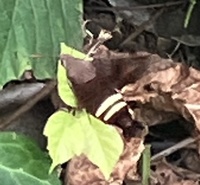
| Recorded by: Ken Kneidel on 2025-08-10
Mecklenburg Co.
Comment: | 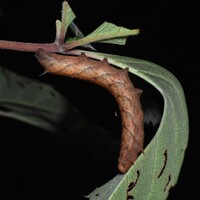
| Recorded by: Jeff Niznik on 2024-07-24
Orange Co.
Comment: |
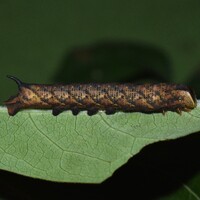
| Recorded by: Jeff Niznik on 2024-06-03
Orange Co.
Comment: | 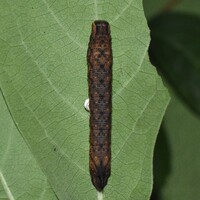
| Recorded by: Jeff Niznik on 2024-06-03
Orange Co.
Comment: |
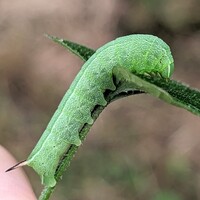
| Recorded by: Jeff Niznik on 2024-06-03
Orange Co.
Comment: | 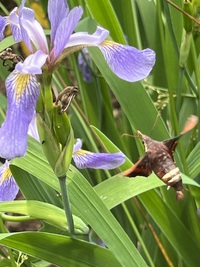
| Recorded by: Brittany German on 2024-05-18
New Hanover Co.
Comment: |
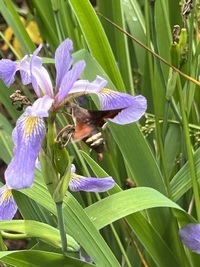
| Recorded by: Brittany German on 2024-05-18
New Hanover Co.
Comment: | 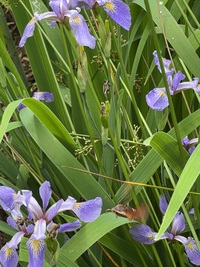
| Recorded by: Brittany German on 2024-05-18
New Hanover Co.
Comment: |
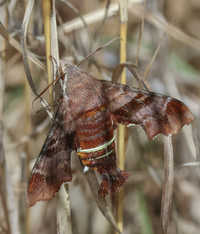
| Recorded by: John Petranka on 2024-04-15
Chatham Co.
Comment: | 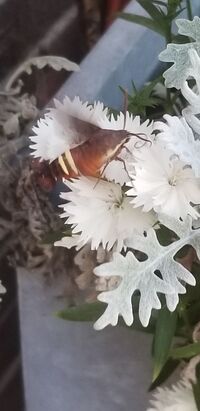
| Recorded by: Laura Graham on 2024-04-15
Gaston Co.
Comment: |
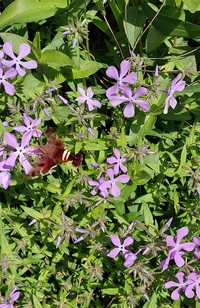
| Recorded by: Mark Basinger on 2024-03-26
Wilson Co.
Comment: | 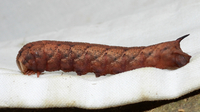
| Recorded by: tom ward on 2023-10-11
Buncombe Co.
Comment: |
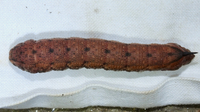
| Recorded by: tom ward on 2023-10-11
Buncombe Co.
Comment: | 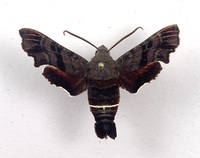
| Recorded by: Richard Teper on 2023-04-12
Orange Co.
Comment: |
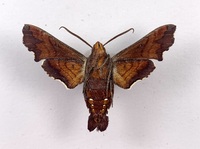
| Recorded by: Richard Teper on 2023-04-12
Orange Co.
Comment: | 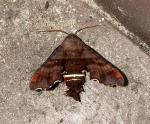
| Recorded by: K. Bischof on 2022-08-14
Transylvania Co.
Comment: |
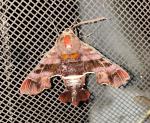
| Recorded by: K. Bischof on 2022-05-22
Transylvania Co.
Comment: | 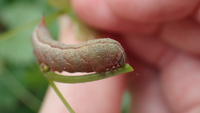
| Recorded by: Erich Hofmann on 2022-04-29
Columbus Co.
Comment: |
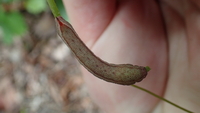
| Recorded by: Erich Hofmann on 2022-04-29
Columbus Co.
Comment: | 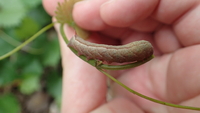
| Recorded by: Erich Hofmann on 2022-04-29
Columbus Co.
Comment: |
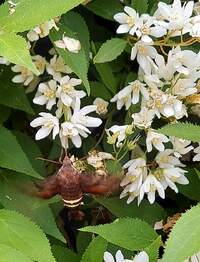
| Recorded by: Mark Basinger on 2021-04-25
Wilson Co.
Comment: | 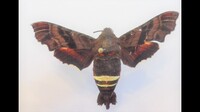
| Recorded by: Darryl Willis on 2020-08-12
Cabarrus Co.
Comment: |
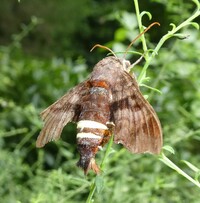
| Recorded by: Simpson Eason on 2020-08-11
Durham Co.
Comment: | 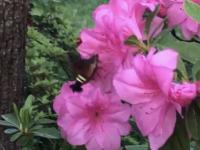
| Recorded by: Jason and Amy Epley on 2020-04-04
Rowan Co.
Comment: |
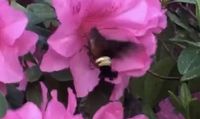
| Recorded by: Amy Epley on 2020-04-04
Rowan Co.
Comment: | 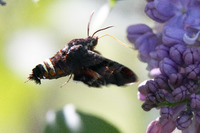
| Recorded by: Barbara McRae on 2020-04-02
Macon Co.
Comment: |
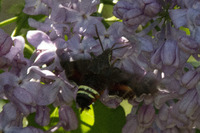
| Recorded by: Barbara McRae on 2020-04-02
Macon Co.
Comment: | 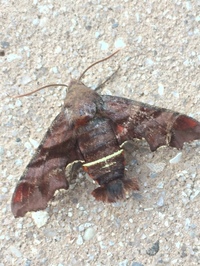
| Recorded by: Morgan Freese on 2019-09-03
New Hanover Co.
Comment: |
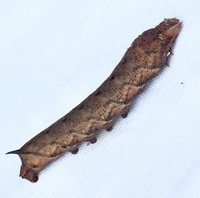
| Recorded by: Ken Kneidel on 2019-08-03
Mecklenburg Co.
Comment: | 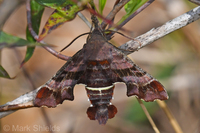
| Recorded by: Mark Shields, Hunter Phillips on 2019-03-31
Onslow Co.
Comment: |
|

 »
»

 »
»